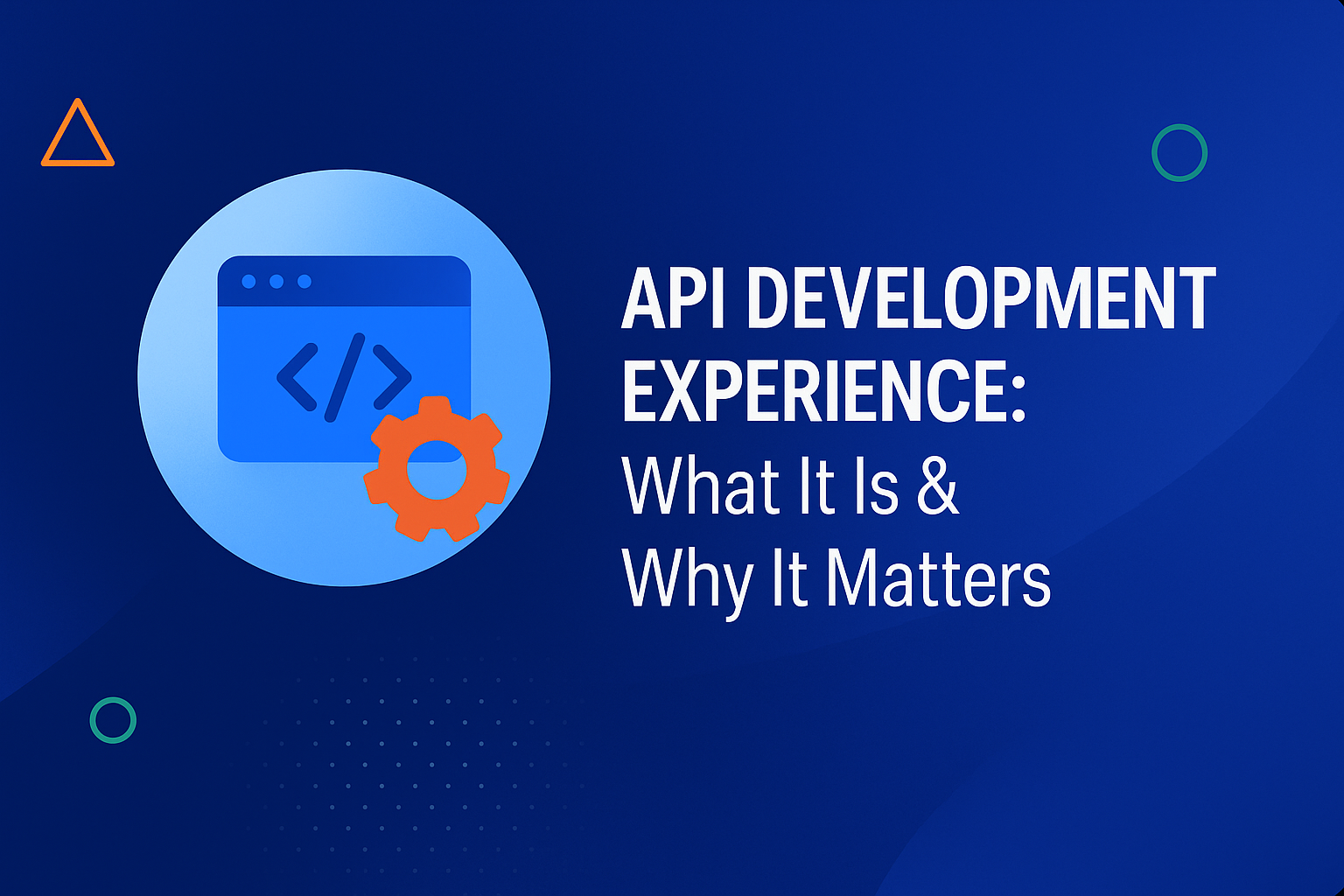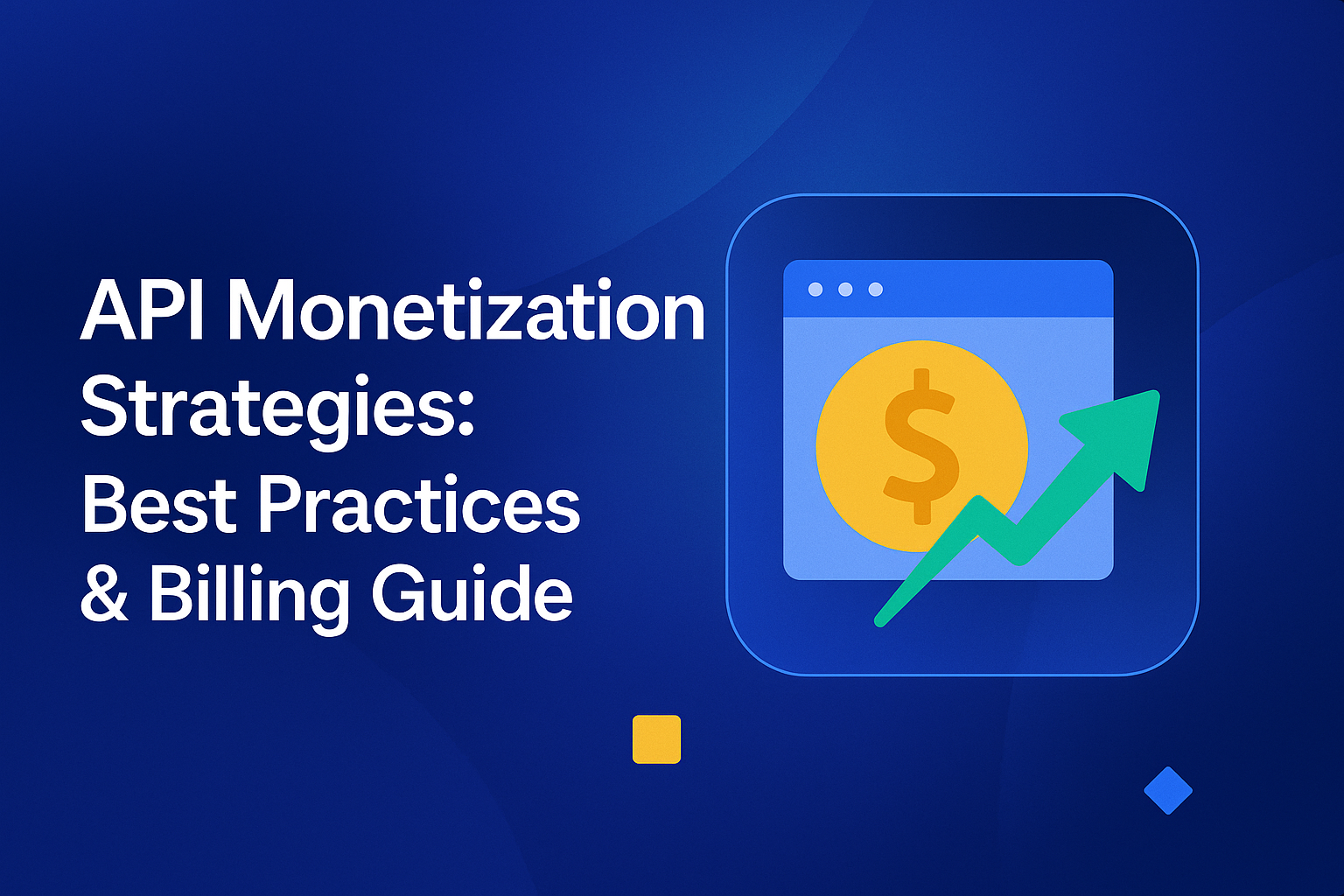API Monetization
How to Monetize Fintech APIs: Proven Strategies for Scalable Revenue
Updated on:

The best fintechs aren’t building apps anymore. They’re building platforms other businesses depend on. APIs that move money, verify identity, score credit, and share data, quietly powering the entire ecosystem. But here’s the gap: most APIs create value without capturing it. Monetization turns that around. It’s how fintechs transform invisible infrastructure into scalable, recurring revenue.
In this guide, we’ll break down the proven ways to monetize fintech APIs and how tools like DigitalAPI.ai help turn your APIs into real profit engines.
Why monetization is critical for Fintech APIs
Monetizing your APIs is critical for Fintech because it isn’t just another feature upgrade, but it’s the next major growth lever for your fintech. They’re the new product line. The ones that scale faster, sell themselves through integrations, and add recurring revenue without adding sales overhead.
It lets you turn the same technology already powering your platform into a scalable revenue engine that grows with every integration.
When done right, monetization amplifies both sides of your business: your top line through recurring API income and your bottom line through higher efficiency and margin control. It transforms your platform from a product into an infrastructure that others depend on.
Here’s why API monetization is critical for Fintech APIs:
1. From cost center to revenue engine
Infrastructure, hosting, maintenance, compliance, and uptime cost money. When left unmonetized, APIs quietly drain resources.
But the moment you put a pricing layer on top, the economics flip. Each integration, each API call begins paying for its own existence. That’s when your platform stops being a cost to operate and starts becoming a machine that funds its own growth.
2. Predictable revenue means higher valuation
Recurring API income changes everything. It’s steady. Forecastable. Scalable. The kind of revenue investors lean on.
A well-monetized API model creates subscription-style predictability, like the ARR metrics that multiply valuations. Instead of one-time deals, every usage event becomes a contribution to consistent, compounding growth. And because APIs scale linearly with adoption, your margins expand while your costs stay largely flat.
3. Competitive stickiness and ecosystem lock-in
APIs don’t just sell once. They integrate into other platforms. They embed into the services the industry offers. Then, they become indispensable.
When a partner builds your API into their core workflow, they aren’t just a customer; they become an extension of your product line and your ecosystem. Their customers become your customers too. Monetization turns that leverage into monthly recurring revenue.
This is how companies like Stripe and Plaid created moats that others can’t cross. They launched APIs that became part of the infrastructure other businesses run on.
4. Data feedback loop for product evolution
Monetized APIs come with metering, billing, and analytics, which is a full lens into how your product lives and breathes. You see which endpoints drive demand, which customers consume the most, and where friction hides.
That visibility turns monetization into more than a financial move. It becomes a product strategy loop. You can refine pricing, tailor plans to usage, optimize for efficiency, and prioritize features that deliver measurable revenue impact.
5. You unlock compounding revenue at scale
When you productize your APIs, you create a business model that compounds with every new connection. Each integration, once live, brings in continuous activity.
That’s the beauty of API-driven monetization. It scales with usage, not with headcount or bandwidth. Over time, this builds what every fintech leader wants, but few achieve — a self-reinforcing revenue engine. Every new customer or partner makes your API ecosystem more valuable for the next.
Core strategies to monetize fintech APIs
Monetizing feels obvious. APIs until you try to do it and get stuck on some hard questions:
- What capability can you productize?
- How do you meter usage without slowing things down?
- How do you ensure security and compliance?
- How to distribute it?
- What technology and platforms can help you do it seamlessly?
Here’s a deeper look into strategies to monetize your Fintech APIs
1. Identify the capability you can productize
Every fintech has a core capability that drives its product, like identity verification, fraud scoring, payments, compliance, and credit decisions. Those aren’t just backend features. They’re products in disguise.
To do this, you need to think in terms of outcomes and value.
Because when you offer a “KYC Verification API,” what you’re really selling isn’t a data call, it’s trust. So package the full workflow into a well-defined service that solves a particular pain point in Fintech.
2. Automate the billing cycle
Manual billing kills scalability. Automate it from the start.
Integrate your gateway or analytics layer with a billing engine that handles:
- Real-time usage tracking
- Invoicing and payment collection
- Subscription management
- Upgrade and overage handling
Once usage translates directly to billing events, your API becomes financially autonomous. It can meter, charge, and scale on its own.
3. Create a self-serve developer experience
The best fintech APIs sell themselves because of a great developer experience.
It’s the most powerful sales tool in an API-first business. Your documentation, sandbox, and onboarding flow are your funnel.
Design it like a product:
- Instant sign-up should lead to test keys being issued in minutes.
- Sandbox mode should allow developers to test and model with realistic mock data and workflows.
- Code samples and SDKs need to bridge the gap between endpoints and frictionless integration.
- In-dashboard upgrade options should be available for seamless transition to plans.
Every friction point you remove shortens your time to revenue.
4. Distribute through marketplaces
APIs scale faster when others sell them for you.
Marketplaces like DigitalAPI.ai bring your product in front of ready-to-buy developers, banks, and fintech startups who are already looking for solutions like yours. They handle billing, exposure, and onboarding, all while you focus on performance and reliability.
5. Govern for trust and enterprise readiness
If your APIs touch money, risk, or data, trust isn’t optional. It’s currency.
Monetization requires operational discipline:
- SLAs and uptime guarantees that enterprises can rely on.
- Version control and backward compatibility to prevent breakage.
- Compliance and certifications (SOC 2, PCI-DSS, ISO 27001).
- Auditability and transparency in logs and metrics.
They’re the differentiators that make large clients say yes and stay. Trust is a retention engine.
The future of API monetization. trends and examples shaping fintech
APIs have quietly become the new distribution channel in financial technology. What used to be backend plumbing is now a front-line growth engine, driving recurring revenue, market reach, and ecosystem power.
Below are the trends, examples, and models shaping this shift, and how they signal where fintech is headed next.
1. Embedded finance becomes the default
The line between fintech and non-fintech is fading fast. Every product that handles money, like e-commerce, SaaS, and logistics, is embedding financial services via APIs.
Open banking, payments-as-a-service, and credit APIs are fueling a new generation of embedded finance players.
Examples:
- Stripe and Marqeta make financial infrastructure accessible via APIs, letting businesses add payments or card issuance in days.
- Solaris and Railsr in Europe are doing the same for banking-as-a-service, monetizing APIs that enable others to become fintechs.
2. The rise of API ,marketplaces and ecosystem aggregators
Fintechs are realizing that distribution is half the battle. Instead of relying solely on direct partnerships, they’re listing APIs on marketplaces that connect developers, startups, and enterprises in one place.
Examples:
- DigitalAPI.ai is pioneering white-labeled marketplaces that let companies host, brand, and monetize their own API ecosystems, all while cutting launch time by 60%.
3. Pricing intelligence becomes a competitive edge
API pricing is moving from static plans to dynamic models powered by usage analytics and AI. The leaders are constantly fine-tuning tiers, metering, and bundles based on real-time adoption data.
Examples:
- Twilio and Snowflake use consumption-based pricing that scales seamlessly with customer value.
- DigitalAPI.ai integrates analytics directly into its monetization stack, helping fintechs experiment, learn, and iterate their pricing models.
4. The Shift from Integration to Infrastructure
The fastest-growing fintechs are shifting from offering integrations to becoming the infrastructure that others rely on. Instead of building more front ends, they’re exposing core logic as services that others consume and pay for.
Examples:
- Plaid went from being a data integrator to a financial data infrastructure layer.
- TrueLayer powers open banking flows for banks and lenders, taking a small share of every transaction.
- Synapse built compliance-as-a-service APIs to help fintechs launch faster and stay compliant.
How DigitalAPI.ai helps fintechs monetize APIs
Productizing your capabilities with in-house tech means stitching together gateways, billing tools, access controls, analytics, and sandbox environments, all while maintaining your core platform. It’s not just time-consuming. It’s distracting.
DigitalAPI.ai removes that friction. It gives you a ready-made foundation for API monetization at scale, including the workflows, infrastructure, and visibility on marketplaces that let you focus on things that matter, like refining your capabilities and growing adoption.
Here’s how DigitalAPI helps Fintech companies launch and monetize their APIs:
1. Turns your product capabilities into market-ready APIs
DigitalAPI.ai helps you take internal features like KYC, payments, fraud checks, and credit scoring, and package them as branded API products. Your APIs are showcased in a white-labeled developer portal that matches your brand, your messaging, and your documentation style. This helps you present your APIs with purpose.. Each with its own description, SLA, version, and pricing model.
2. Automates billing and subscription management
Billing shouldn’t slow down growth. DigitalAPI.ai automates the entire subscription lifecycle, from plan setup to invoicing and renewals. That means your finance team gets accurate, real-time revenue data. Your customers get seamless billing transparency. And your engineers never have to touch another invoice script again.
3. Creates a self-serve developer experience that converts
The built-in sandbox environment lets developers test APIs safely, explore documentation, and see live responses before they commit. From there, they can subscribe, deploy, and go live, all without a sales conversation.
4. Gives you multi-gateway control and unified discovery
Most fintechs manage APIs across multiple gateways. DigitalAPI.ai brings them all together under one catalog. You can expose, manage, and monetize APIs from different gateways in a single branded portal. No more scattered dashboards. No more fragmented tracking. Just a single pane of glass for your entire API ecosystem.
5. Powers real-time analytics and pricing intelligence
DigitalAPI.ai turns your API data into business intelligence. It gives you a complete view of usage, performance, adoption, and revenue by customer, by plan, and by product. You can see which APIs are driving growth, which pricing tiers underperform, and where developers are churning.
7. Embeds governance, security, and enterprise-grade trust
DigitalAPI.ai brings governance and compliance features built in, like version control, deprecation management, access policies, audit trails, and granular permissions. It integrates seamlessly with your existing authentication and security stack, so you can meet SOC, PCI, and ISO requirements without reinventing the wheel.
8. Expands reach through a marketplace ecosystem
Even the best APIs can’t monetize if they stay hidden. DigitalAPI.ai’s API marketplace changes that. It gives your APIs instant visibility to a network of developers, startups, and enterprise buyers actively looking for fintech integrations. The marketplace handles discovery, onboarding, and billing, effectively becoming a growth engine for your monetizing your APIs.
You’ve spent years battling your API problem. Give us 60 minutes to show you the solution.
.svg)







